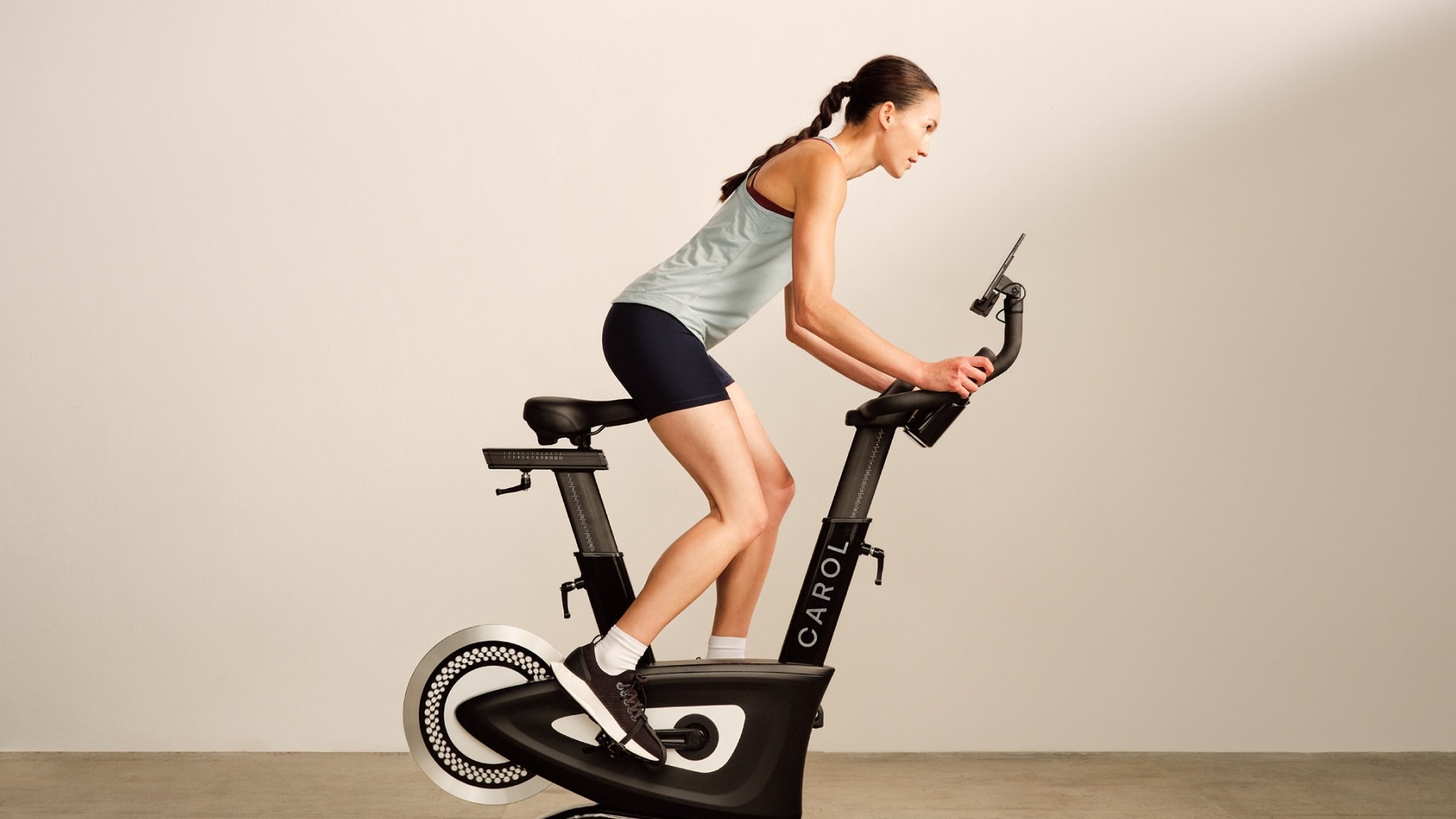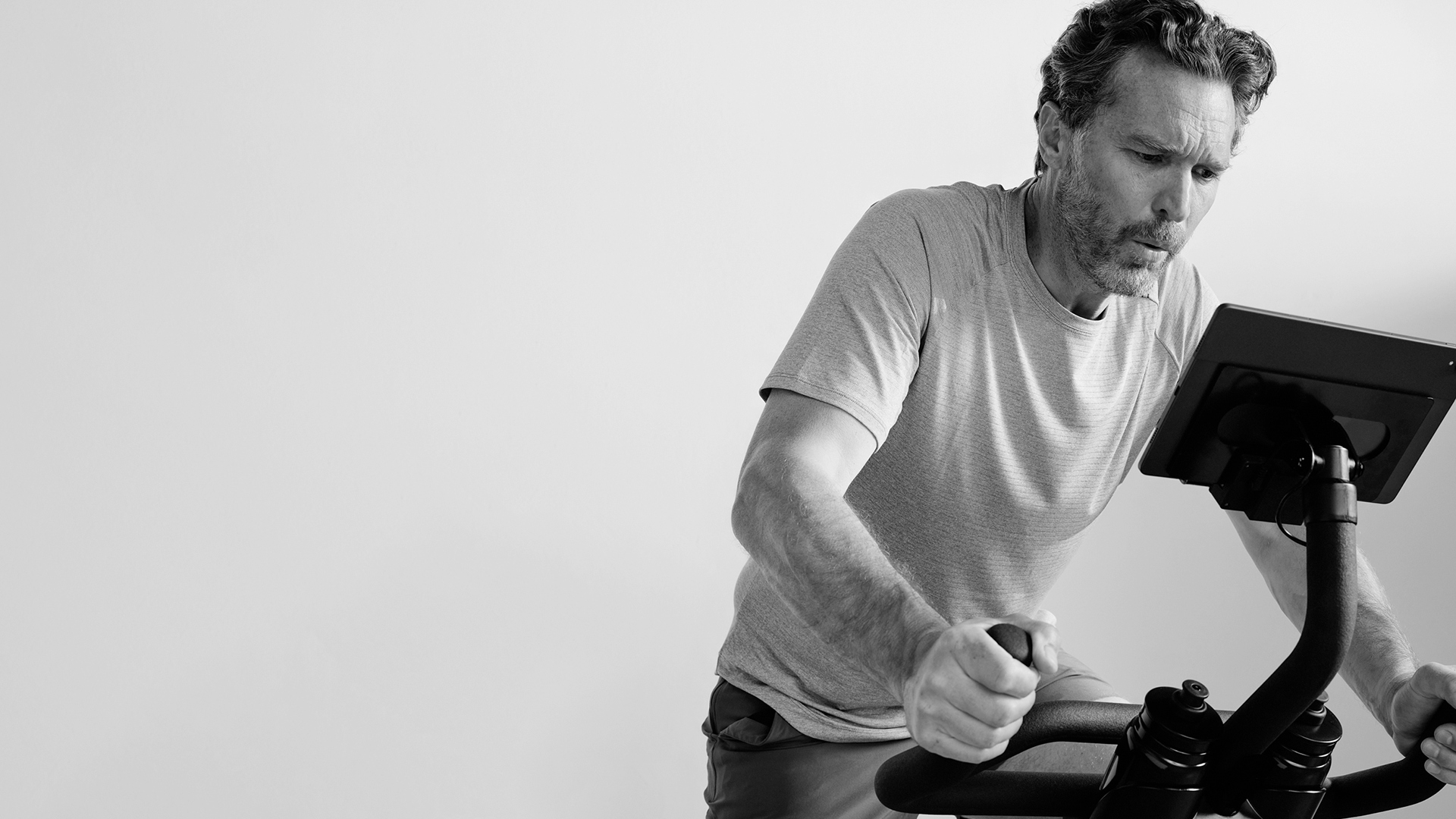Why is it harder to lose weight after 40?
Metabolism is a combination of chemical processes needed to keep your body alive. The minimum number of life-sustaining activities is called a basal metabolic rate (BMR). It consists of breathing, circulating blood, building and repairing cells, and eliminating waste. Total daily energy expenditure includes BMR, the thermic effect of food (calories burned for digesting food), and all kinds of physical activity.
Conversely to the popular belief that metabolism slows down with age, a 2021 study published in Science has shown different results. Researchers observed the energy expenditure of 6,421 subjects with an age range between 8 days and 95 years old from 29 countries. According to their findings, energy expenditure peaks for babies at 0.7 years old, slowly declines toward 20 years old, and remains stable from 20 to 60 years both for men and women, even during pregnancy. At approximately 60 years old, it begins to decline again and reduces by 26% by the age of 90.
This means that we cannot blame the metabolism slowdown for a few extra pounds in middle age. At the same time, lifestyle, body composition, and hormonal changes that intensify after 40 hold greater influence on weight gain.
Sarcopenia, age-induced muscle loss, contributes. Inactive individuals lose 3-5% muscle mass per decade past 30, with potential 50% loss by 75. Muscle tissue burns more calories at rest than other types of tissue, so its decrease contributes to the decrease of the basal metabolic rate.
Sarcopenia ignites hormonal changes. Reduced muscle mass leads to mitochondrial dysfunction that impairs skeletal muscle insulin sensitivity and increases the risk of insulin resistance and type 2 diabetes. People with increased levels of insulin are more inclined towards obesity.
Sex hormone levels naturally change with age as well. Testosterone production declines in men after the age of 30, while women’s production of estrogen and progesterone slows during perimenopause and eventually stops in the late 50s.
Sedentary habits compound these changes. Busy lives lead to less physical activity. Weight loss challenges escalate for women due to their natural body fat tendencies and hormonal shifts. Men’s greater muscle mass and slower metabolic decline offer some advantage. It’s not just metabolism, but a complex interplay of factors influencing weight after 40.
Define your metabolism type
There are 3 different metabolic types that determine the right food and lifestyle choices for optimal weight loss:
- Ectomorph. Ectomorphs typically have long, lean bodies with little fat and little muscle. Their healthy metabolic rate is fast, that’s why they struggle to put on weight and grow muscle mass. This metabolic type excels in endurance activities but they need to prioritize strength training in their workout plan and adopt a high-calorie intake diet rich in healthy fats.
- Mesomorph. Mesomorphs have athletic bodies with well-defined muscles. They gain and lose weight very easily depending on their lifestyle. Since maintaining muscle mass is easier, mesomorphs can focus more on cardio activities, alternating steady-state and HIIT workouts. They need to maintain a balanced diet of carbohydrates, protein, and fat for optimal weight.
- Endomorph. Endomorphs have the slowest basal metabolic rate and the largest percentage of fat mass. They gain weight and muscle mass easily but have trouble removing it. Focusing on cardio HIIT will help them lose even stubborn fat. Endomorphs should avoid overtraining since their bodies have a low threshold of fatigue. A diet high in protein, healthy fats, and greens is recommended for the most optimal results.
By defining your metabolism type you can adjust your workout schedule and diet to leverage strengths and address challenges effectively.
Try HIIT
High-intensity interval training (HIIT) has repeatedly shown more effective weight loss results compared to steady-state cardio. HIIT triggers specific metabolic changes—an increased excess post-exercise oxygen consumption (EPOC), fat oxidation, and insulin sensitivity. All 3 result in increased calorie burning in the hours following training.
EPOC depends on the amount of the “oxygen debt” stacked during training. If your body uses more oxygen than it can breathe in, then it will compensate for this shortage after the training to restore your body to its normal, resting level of metabolic function. Increased oxygen consumption leads to burning extra calories after the workout. EPOC effect depends on the exercise intensity, not its duration. Research shows that HIIT stimulates a greater and longer-lasting EPOC effect than aerobic exercise.
A study on the impact of exercise intensity on body fat and skeletal muscle metabolism showed that despite its lower energy cost, the HIIT program induced a more pronounced reduction in subcutaneous adiposity compared to endurance training.
Reduced Exertion HIIT (REHIT) allows you to achieve the most efficient weight loss results in the shortest period of time. It is based on research that has shown that 2×20-second all-out sprints are enough to deplete up to 30% of the body’s glycogen stores and trigger metabolic changes that increase calorie afterburn.
CAROL Bike is the only exercise bike that accurately replicates REHIT conditions at home, thanks to AI-personalization and Instant Resistance. According to one study, REHIT burns almost twice as many calories per minute as moderate-intensity running—with 66% of calories being burned after the session.

CAROL burns over twice as many calories, minute-per-minute vs. traditional exercise, largely thanks to afterburn.
Prioritize strength training
Muscle mass loss is a significant age-related problem so it is strongly recommended to incorporate at least 1 strength training session per week into any workout schedule after 40. Larger muscles increase your resting metabolic rate and help to burn more calories during the EPOC.
Strength training also improves your endurance allowing you to perform longer and more intense workouts. According to studies, a combination of aerobic and resistance training causes greater belly fat loss and cortisol level improvements than aerobic exercise alone.
Improve your diet
In tandem with training, a healthy diet is key for weight loss. Use these guidelines to keep your meals balanced and help you steer clear of empty-calorie pitfalls:
- Increase Protein: For muscle growth, especially with strength training, prioritize protein intake.
- Healthy Fats: Opt for healthy unsaturated fats and omega-3s in oils, nuts, and fish. Ditch saturated fats in red meat and dairy.
- Cut Down Sugar & Carbs: Refined carbs and sugar cause energy spikes and crashes, leading to cravings. Opt for complex carbs to maintain steady energy.
- Load Up on Fiber: Boost digestion and fullness with fiber-rich veggies, fruits, and whole grains.
Eat less in the evening
Late night eating has been linked to obesity risk and a recent study showed an underlying mechanism behind this. The study showed that late dinners disrupt hunger-regulating hormones, triggering hunger and energy imbalance, favoring fat storage.
Enhance weight loss by shifting your meal schedule towards the first part of the day and ensure most of your calorie intake belongs to breakfast and lunch. A breakfast rich in lean protein, fiber, and plant-based fats will help curb hunger and cravings later in the day.
Stay hydrated
Hydration restores fluids lost through metabolism and helps digestion. It also facilitates weight loss, according to studies. Water intake suppresses appetite and increases mitochondrial activity stimulating lipolysis. The National Academy of Medicine suggests drinking 13 cups for healthy men and 9 cups for healthy women per day, including beverages such as tea, coffee, and liquid contained in vegetables and fruits.
Cut down alcohol
Alcohol contributes to weight gain in many ways: it adds more empty calories to your daily calorie intake, increases your appetite, leads to unhealthy food choices, is often combined with sugar in drinks like cocktails, and impairs the quality of sleep crucial for a healthy weight. On top of that, drinking overloads the liver—it won’t start processing the carbs and fats before it utilizes all ethanol. This means that most of the food you eat while drinking will be turned into belly fat.
Studies show that even moderate alcohol consumption mitigates the beneficial effects of weight loss among premenopausal women with obesity. Meaning you may want to cut back on alcohol consumption altogether or at least significantly decrease the frequency until you achieve your desired weight loss results.

Alcohol contributes to weight gain in many ways: it adds more empty calories to your daily calorie intake, increases your appetite, leads to unhealthy food choices, and more.
Reduce stress
Elevated stress levels are an important factor in weight gain. Stress triggers the production of the stress hormone cortisol which is associated with increased appetite and excess abdominal fat storage. A study published in 2019 in Physiology & Behavior found that stressed people tend to eat more unhealthy snacks, known as “comfort food”, in order to get emotional relief. This can create a vicious cycle as people who have more fat mass tend to produce more cortisol. Increased cortisol levels result in weight gain even if you keep the same calorie intake.
Yoga, meditation, and breathing techniques are efficient stress management tools that reduce cortisol levels and facilitate weight loss in the long term. A study of 92 overweight women during weight loss treatment confirmed that good mental health is an important factor that prevents them from regaining weight and improves continued weight loss.
Improve sleep quality
Sleep deprivation causes metabolic changes that make it significantly harder to lose weight. A systematic review of 36 publications showed that sleep-deprived individuals have a higher risk of concurrent and future obesity. Sleeping less than 7 hours at night increases levels of the hunger hormone ghrelin stimulating the desire to eat, especially foods rich in fat and sugar. It also increases insulin resistance, which can trigger the body to store fat.
A study published in the International Journal of Obesity found that over 12 months, people with irregular sleep lost fewer pounds than others. In order to establish good sleep habits, you need to have a consistent bedtime, sleep at least 7 hours per day, reduce time spent with electronic devices before going to bed, and avoid consuming large meals, caffeine, or alcohol close to bedtime.
Check your hormone levels
Hormonal weight gain is common after 40. It can be caused by a deficiency of certain hormones (the thyroid and growth hormones) or by an excess of others (estrogen, cortisol, or prolactin.) If you have reduced your calorie intake, improved your diet, and increased weekly training, but still don’t see any difference in your body weight, then you might need to run an examination by an endocrinologist who will suggest the correct treatment.
Losing weight after 40 may be challenging, but it’s not impossible. By implementing these tips and switching to a healthy lifestyle, you can maintain great shape and reduce the risk of obesity-related diseases.

Got a question? Let's book a call.
All our experts have MSCs in Exercise Science, and they’re here to answer your questions. Whether it’s about the science behind CAROL Bike, or general fitness advice, whatever’s on your mind—we’re here for you.


